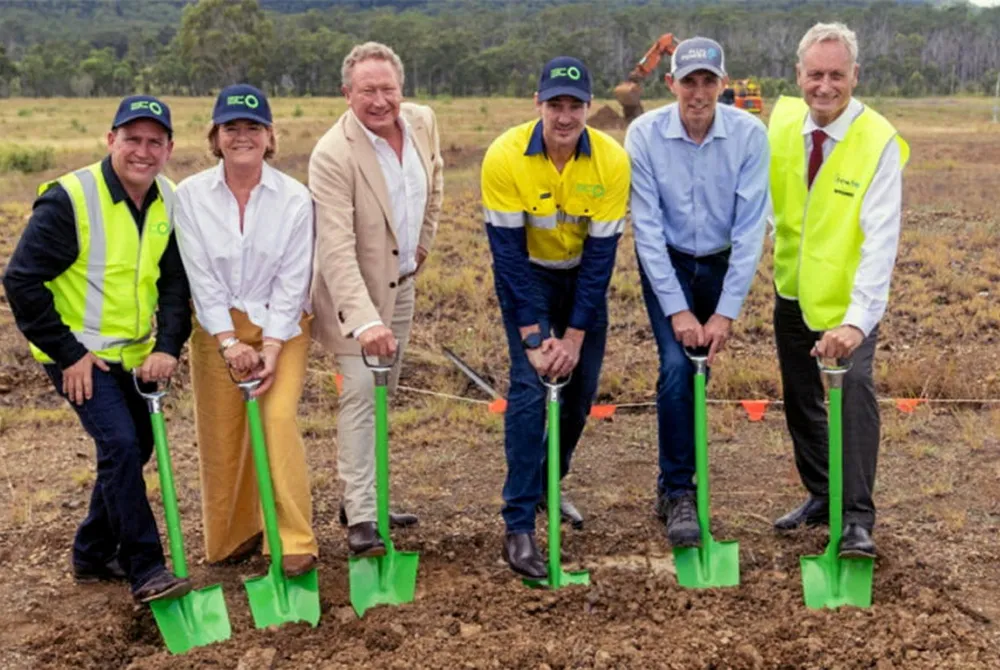ANALYSIS | Why are green hydrogen electrolyser makers putting the brakes on factory capacity expansion?
Manufacturers not getting solid orders from renewable H2 projects, despite flurry of ‘purchase agreements’ warns BNEF

Manufacturers not getting solid orders from renewable H2 projects, despite flurry of ‘purchase agreements’ warns BNEF
